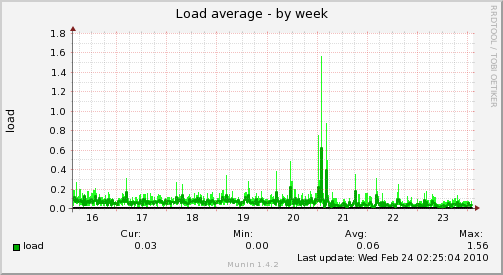At some point I think it’s easy to take things for granted. Being able to alter software to meet your needs is an awesome power.
Today, a tweet rehashed an annoyance regarding a tactic on websites to alter copy/paste and put a link with tracking code in your clipboard. I could opt out, but that doesn’t fix when websites roll their own. It’s a fairly simple thing to implement. In my mind there’s little (read: no) legitimate justification for oncopy, oncut or onpaste events.
So I did an hg pull while working on some other stuff. I came back and wrote a quick patch, started compiling and went back to working on other stuff.
Then came back to a shiny new Firefox build with a shiny new preference that disabled the offending functionality. A quick test against a few websites shows it works as I intended by simply killing that event. You can’t do these things with closed source.
Of course I found the relevant bug and added a patch for anyone interested.
A 15 minute diversion and my web browsing experience got a little better. Sometimes I forget I’ve got experience on that side of the wire too 😉 .
